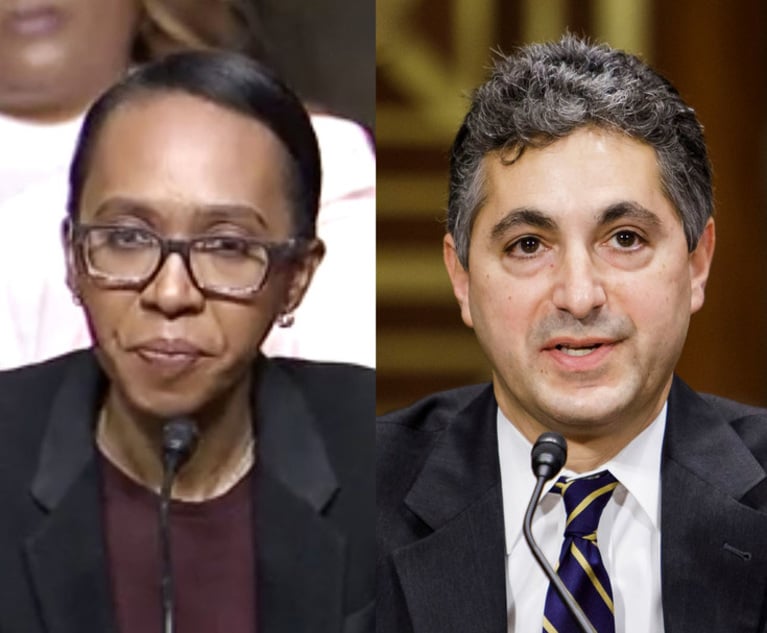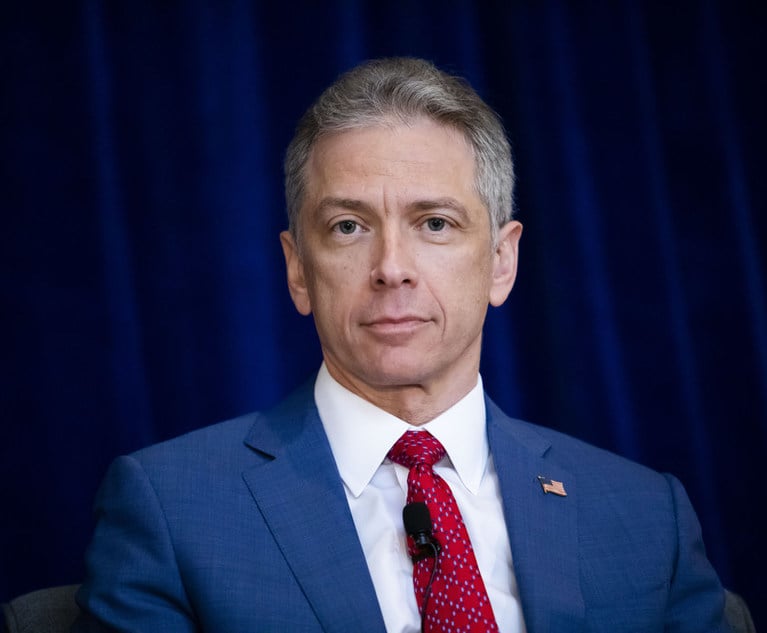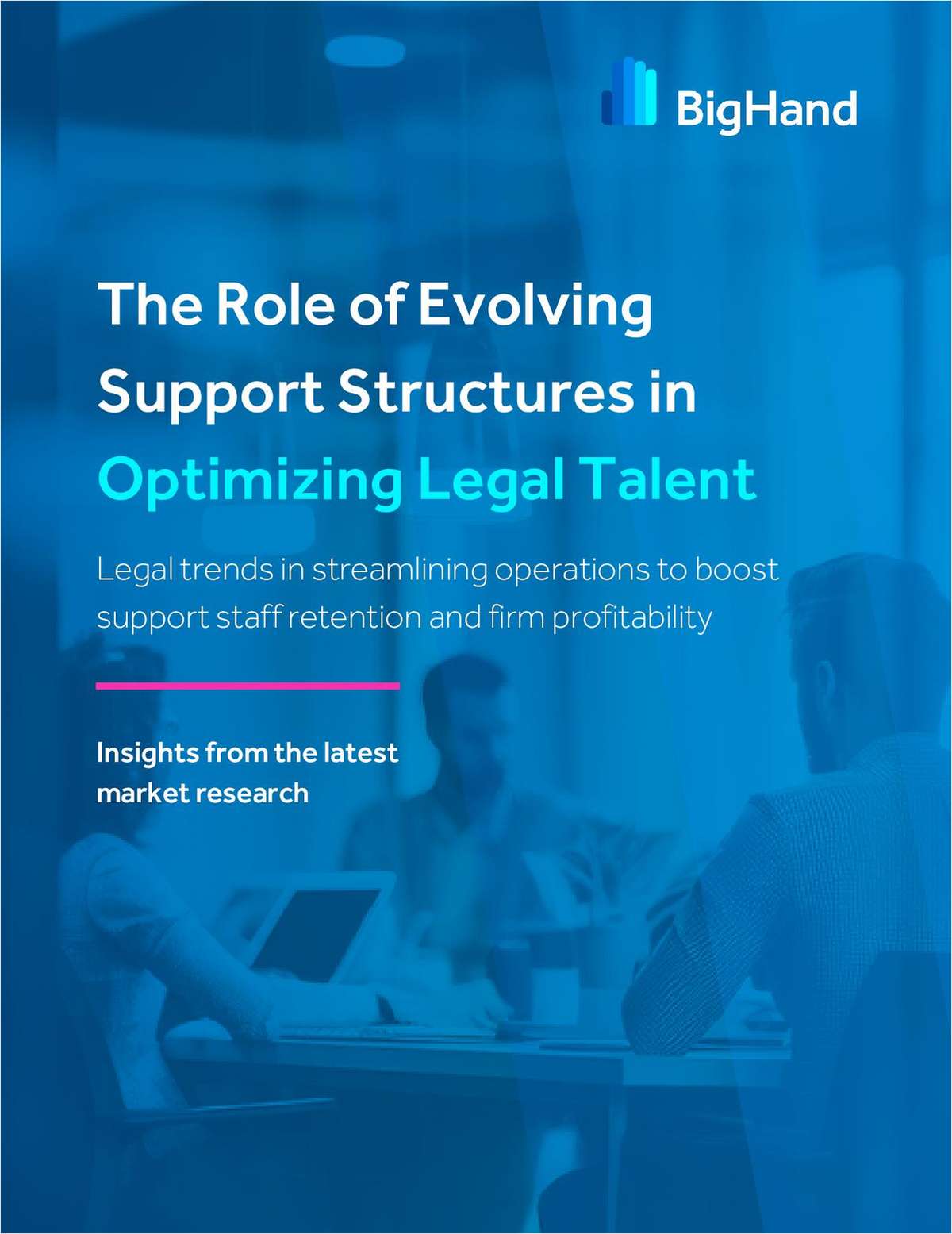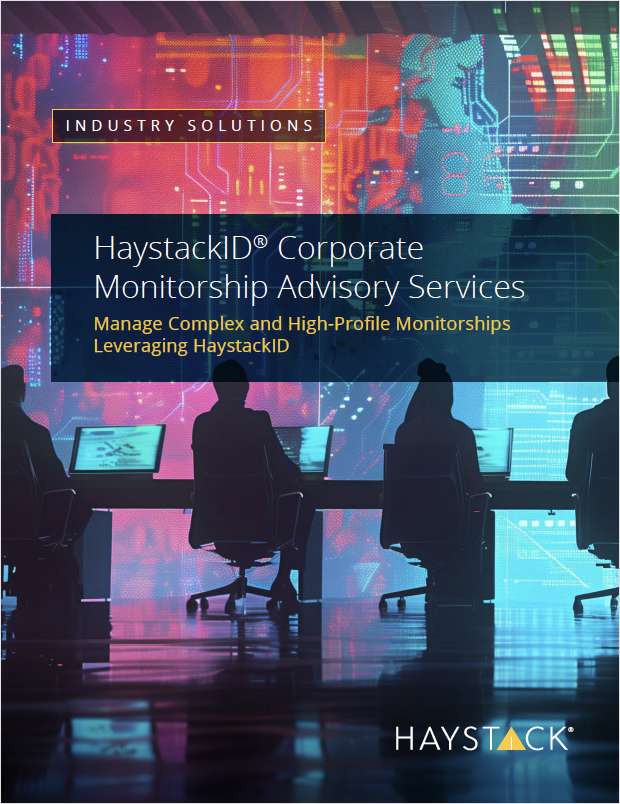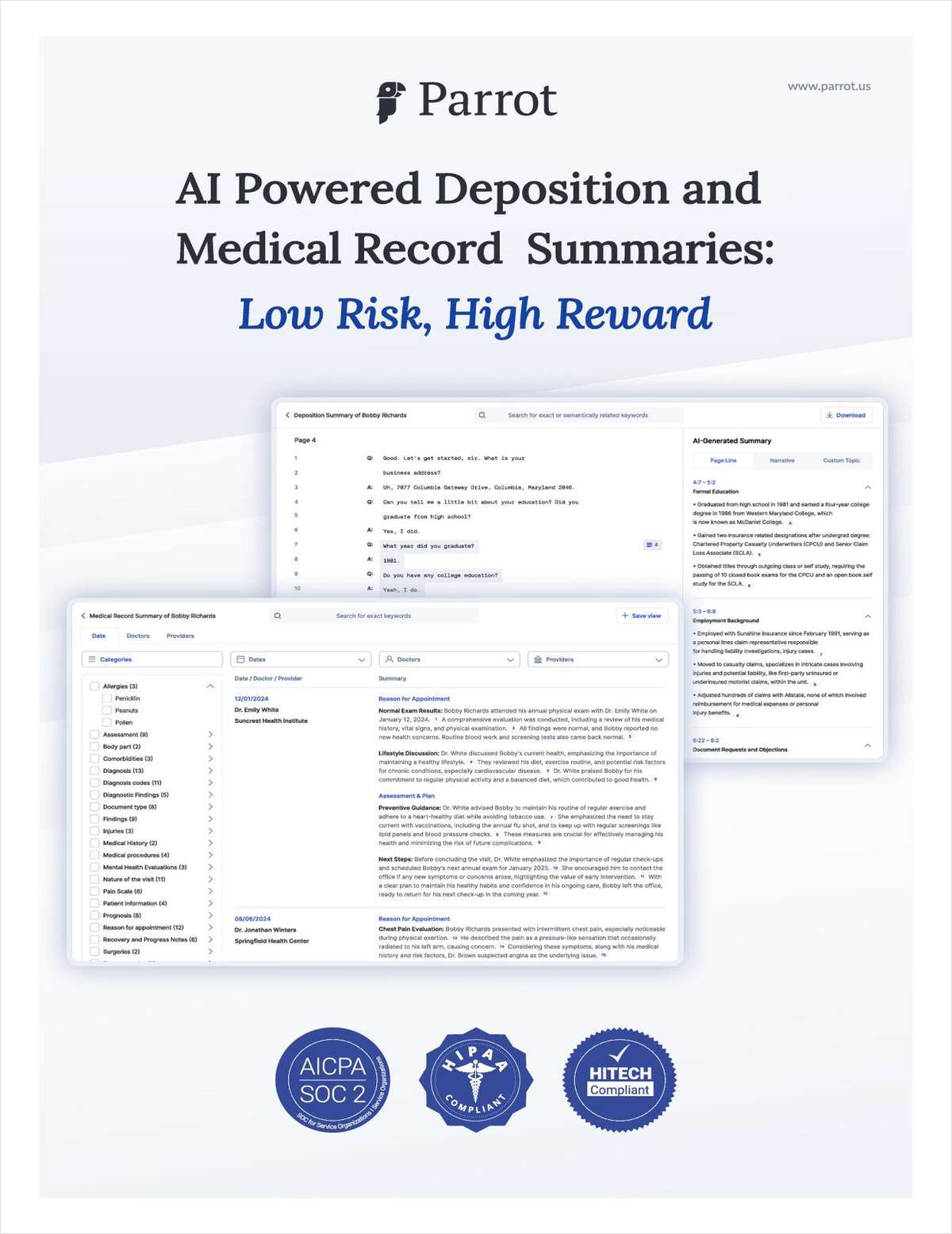Skilled in the Art: Viasat Demands $9M in Fees—and $2 in Punitives + How Far Can Judges Go in Touting Their Districts?
Fresh off a $49.3 million jury award over contract and trade secret claims, satellite communications company Viasat is now demanding that Acacia Communications pay a whopping $2.
September 03, 2019 at 09:00 PM
8 minute read
Welcome to Skilled in the Art. I'm Law.com IP reporter Scott Graham. I hope you all enjoyed your Labor Day Weekend. Here's what's on tap in this evening's briefing:
• Viasat seeking $2 in exemplary damages for trade secret misappropriation (and maybe more later).
• How far should judges go in getting out the word about their districts?
• A reader responds to my crack on a method-of-treatment patent.
As always, you can email me your own feedback here, and follow me on Twitter.
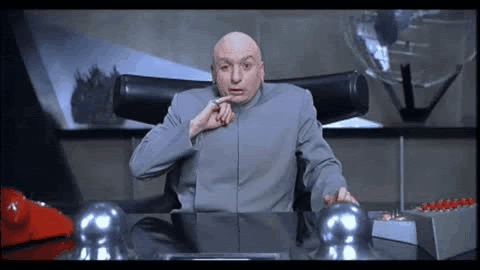
Company Faces Crippling $2 Punitive Award
Fresh off a $49.3 million jury award over contract and trade secret claims, satellite communications company Viasat is now dropping the punitive damages hammer. It's demanding that Acacia Communications pay a whopping 2 … dollars.
"The Court should impose the maximum exemplary damages available under Cal. Civ. Code Section 3426.3(c), totaling $2.00," states the August 21 motion signed by Ken Fitzgerald of Fitzgerald Knaier and other counsel for Viasat.
Whoa, Acacia and its future owner Cisco Systems must be trembling in their boots!
Of course, there's more to this story. A San Diego County Superior Court jury awarded $49.3 million on Viasat's contract claims over fiber optic technology and $1 on its finding that Acacia willfully misappropriated Viasat's trade secrets. Under California law, courts can double the damages for willful trade secret misappropriation.
Fitzgerald and Viasat are indicating that their August 21 motion is a placeholder. They intend to file a motion for JNOV on the trade secret damages. If Judge Timothy Casserly agrees to bump up that award, then Viasat will likely file a renewed motion for exemplary damages.
But it's still a hoot to see Viasat go through the paces of arguing that a $2 punitive award will not be excessive. The company points out that Acacia reports current assets of $669 million, and that Cisco has agreed to pay $2.6 billion in cash for the company.
For those reasons, "the court can easily answer 'no'" to the question of whether $2 would be excessive. "Although this award does not approach 'the level necessary to properly punish and deter,'" Fitzgerald writes, "that is not the question before this Court, which need only consider whether it exceeds that level. It does not."
Viasat is, however, seeking real money in its motion for attorneys fees and costs—$9.9 million, to be exact. The company alleges that throughout discovery Acacia falsely denied copying Viasat's design specifications, then at trial admitted copying but said it was permitted by the parties' licensing agreement. "Acacia's denials forced Viasat to expend large amounts of fees and costs to prove the facts Acacia falsely and unreasonably denied," Fitzgerald writes for Viasat.
The motion also spells out Viasat's alternative fee arrangement with its attorneys, which include counsel from Warren Lex. The firms charged 80% of "their Viasat-specific rate," and in exchange Viasat agreed to pay a bonus determined by the amount of recovery. The $49.3 million verdict triggered the maximum recovery—140% of the rates charged prior to the alternative fee agreement.
"Viasat should be remibursed fully for these fees actually incurred," Fitzgerald writes, though you can bet Acacia will try to argue that it shouldn't be on the hook for a success fee.
Acacia, which is represented by Wolf, Greenfield & Sacks and Procopio, Cory, Hargreaves & Savitch, hasn't filed its opposition yet, but did say in a brief filingthat it will oppose any attempt to "double count" by piling trade secret damages on top of contract damages, and that it will oppose Viasat's fee motion.

Getting Out the Word About Waco
San Francisco is welcoming U.S. District Judge Alan Albright of the Western District of Texas tomorrow evening. Albright is an IP-experienced attorney and judge who's been presiding over a renaissance of patent litigation in the Western District.
Patent filings in WD-Tex doubled to 189 in the last 12 months, compared to 93 the year before Albright took the bench in September 2018. Some patent owners shut out of the Eastern District of Texas following the TC Heartland decision are apparently turning to the Western District because it's nearby, more tech and retailers do business there, and Albright spent 20 years practicing IP at firms like Bracewell and Fish & Richardson, plus served eight years as a magistrate judge. According to press reports he hasn't been shy about letting the patent bar know he'd like his courtroom to become a hub for IP cases.
Molly Keelan of IP brokerage and consultancy Ocean Tomo spells it out in the invitation for Wednesday's dinner. "Judge Albright is trying to spread the word far and wide about how his WACO court would be a great place to try IP cases," she writes. "This will be a casual dinner allowing you to hear more about the Judge's courtroom procedures and to ask questions."
That has left a few Silicon Valley lawyers grumbling that it's not appropriate for a federal judge to drum up business in this manner. I can see that argument, though I would also say there's nothing unusual about judges traveling around the country to educate the patent bar about how their courtrooms work.
For his part, Albright said via email that he might have phrased the invite slightly differently. "I think it benefits attorneys and in-house counsel to have an opportunity to learn how I conduct my patent cases, the fact that I have drafted and implemented a standing scheduling order, the way I conduct my Markman hearings, etc. I believe that the more information that outside counsel and in-house counsel have about different venues the better decisions that they can make about where to file," he said. "My civil docket including patent cases and other civil cases has grown substantially enough in this first year that I really have no need to drum up business."
Scott, You Ignorant Slut
Last week I criticized a method of treatment patent that the Federal Circuit ruled ineligible for patent protection. An esteemed reader sent along some feedback that I'm happy to share.
The 8,795,741 patent at issue in INO Therapeutics v. Praxair Distribution claims a method for treating infants experiencing hypoxic respiratory failure with nitric oxide gas, while minimizing the risk of pulmonary edema. The claim instructs administering 20 ppm inhaled nitric oxide, which was known in the art, while excluding infants with left ventricular dysfunction, which was not. The Federal Circuit ruled that a method of excluding a group from treatment is not eligible for patenting.
George Washington law professor Dmitry Karshtedt said he doesn't see how the Federal Circuit's opinion can be squared with its decision last year in Vanda Pharmaceuticals v. West-Ward Pharmaceuticals, which found eligible a method of reducing the amount of medication based on a patient's ability to metabolize it.
"The claim in INO could have been slightly redrafted to say, continue treatment with a 20 ppm dosage for the more tolerant group and lower the dosage to zero for the less tolerant one," Karshtedt says via email. That wouldn't have altered the claim scope and would have been directly in line with the patent upheld in Vanda. "It doesn't seem like Vanda hinges on the novelty of the dosages but on their specificity: Those claims are characterized as '(1) determining the patient's CYP2D6 metabolizer genotype by (a) obtaining a biological sample and (b) performing a genotyping assay; and (2) administering specific dose ranges of iloperidone depending on the patient's CYP2D6 genotype.' In INO, the doses are precisely 20 and zero—and zero is still a number, as one of my favorite film scenes makes clear."
OK, Professor Karshtedt and Edward James Olmos have good points. The Supreme Court has asked the Solicitor General's office for its views on Vanda, so maybe we'll all have more overall clarity on method-of-treatment claims by next spring.
Michael Best Bulks Up in Milwaukee
For awhile last year, it seemed a week never went by without a Middle American law firm announcing IP hires. Milwaukee-based Michael Best & Friedrich has ended any lull, announcing the addition of senior counsel Scott Diring to its Waukesha office and associate Nick Schaefer in Milwaukee. Diring joins from Amerson Law Firm and Schaefer from K&L Gates.
"Scott and Nick have extensive engineering backgrounds and firsthand experience working for technology companies in that capacity, making them uniquely able to understand our clients' needs and address them from both the legal and business side," Glen Weitzer, chair of Michael Best's IP group, said in a written statement. "They're fantastic additions."
That's all from Skilled in the Art today. I'll see you all again on Friday.
This content has been archived. It is available through our partners, LexisNexis® and Bloomberg Law.
To view this content, please continue to their sites.
Not a Lexis Subscriber?
Subscribe Now
Not a Bloomberg Law Subscriber?
Subscribe Now
NOT FOR REPRINT
© 2025 ALM Global, LLC, All Rights Reserved. Request academic re-use from www.copyright.com. All other uses, submit a request to [email protected]. For more information visit Asset & Logo Licensing.
You Might Like
View All
Skilled in the Art With Scott Graham: I'm So Glad We Had This Time Together
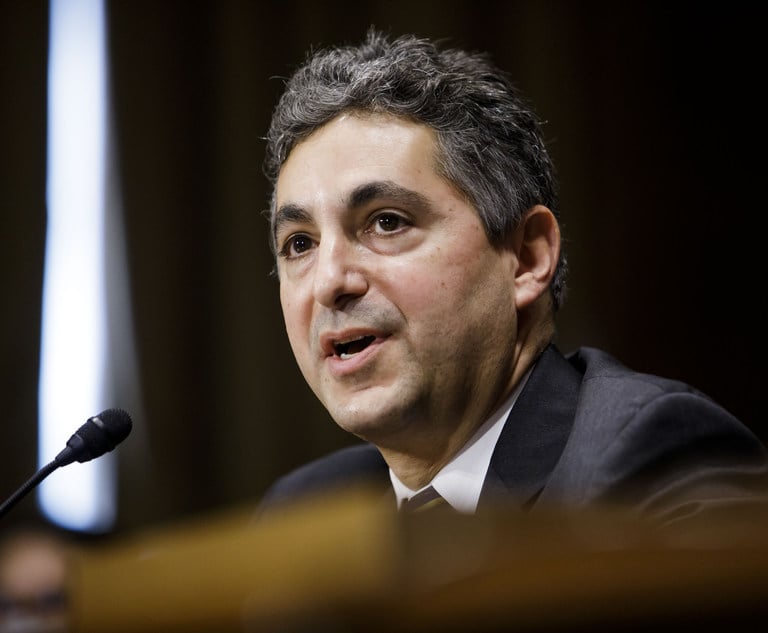
Design Patent Appeal Splinters Federal Circuit Panel + Susman Scores $163M Jury Verdict + Finnegan Protects Under Armour's House
Trending Stories
- 1States Accuse Trump of Thwarting Court's Funding Restoration Order
- 2Microsoft Becomes Latest Tech Company to Face Claims of Stealing Marketing Commissions From Influencers
- 3Coral Gables Attorney Busted for Stalking Lawyer
- 4Trump's DOJ Delays Releasing Jan. 6 FBI Agents List Under Consent Order
- 5Securities Report Says That 2024 Settlements Passed a Total of $5.2B
Who Got The Work
J. Brugh Lower of Gibbons has entered an appearance for industrial equipment supplier Devco Corporation in a pending trademark infringement lawsuit. The suit, accusing the defendant of selling knock-off Graco products, was filed Dec. 18 in New Jersey District Court by Rivkin Radler on behalf of Graco Inc. and Graco Minnesota. The case, assigned to U.S. District Judge Zahid N. Quraishi, is 3:24-cv-11294, Graco Inc. et al v. Devco Corporation.
Who Got The Work
Rebecca Maller-Stein and Kent A. Yalowitz of Arnold & Porter Kaye Scholer have entered their appearances for Hanaco Venture Capital and its executives, Lior Prosor and David Frankel, in a pending securities lawsuit. The action, filed on Dec. 24 in New York Southern District Court by Zell, Aron & Co. on behalf of Goldeneye Advisors, accuses the defendants of negligently and fraudulently managing the plaintiff's $1 million investment. The case, assigned to U.S. District Judge Vernon S. Broderick, is 1:24-cv-09918, Goldeneye Advisors, LLC v. Hanaco Venture Capital, Ltd. et al.
Who Got The Work
Attorneys from A&O Shearman has stepped in as defense counsel for Toronto-Dominion Bank and other defendants in a pending securities class action. The suit, filed Dec. 11 in New York Southern District Court by Bleichmar Fonti & Auld, accuses the defendants of concealing the bank's 'pervasive' deficiencies in regards to its compliance with the Bank Secrecy Act and the quality of its anti-money laundering controls. The case, assigned to U.S. District Judge Arun Subramanian, is 1:24-cv-09445, Gonzalez v. The Toronto-Dominion Bank et al.
Who Got The Work
Crown Castle International, a Pennsylvania company providing shared communications infrastructure, has turned to Luke D. Wolf of Gordon Rees Scully Mansukhani to fend off a pending breach-of-contract lawsuit. The court action, filed Nov. 25 in Michigan Eastern District Court by Hooper Hathaway PC on behalf of The Town Residences LLC, accuses Crown Castle of failing to transfer approximately $30,000 in utility payments from T-Mobile in breach of a roof-top lease and assignment agreement. The case, assigned to U.S. District Judge Susan K. Declercq, is 2:24-cv-13131, The Town Residences LLC v. T-Mobile US, Inc. et al.
Who Got The Work
Wilfred P. Coronato and Daniel M. Schwartz of McCarter & English have stepped in as defense counsel to Electrolux Home Products Inc. in a pending product liability lawsuit. The court action, filed Nov. 26 in New York Eastern District Court by Poulos Lopiccolo PC and Nagel Rice LLP on behalf of David Stern, alleges that the defendant's refrigerators’ drawers and shelving repeatedly break and fall apart within months after purchase. The case, assigned to U.S. District Judge Joan M. Azrack, is 2:24-cv-08204, Stern v. Electrolux Home Products, Inc.
Featured Firms
Law Offices of Gary Martin Hays & Associates, P.C.
(470) 294-1674
Law Offices of Mark E. Salomone
(857) 444-6468
Smith & Hassler
(713) 739-1250



